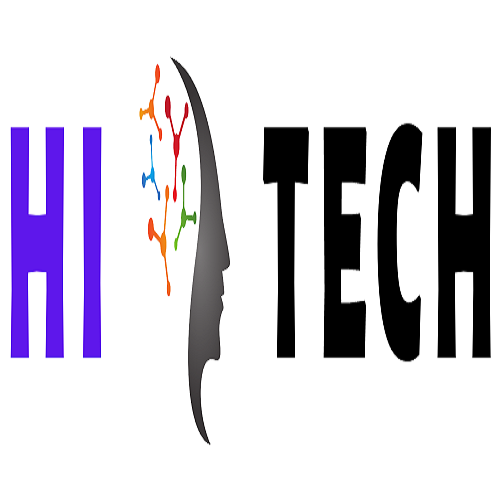Introduction:
It
is responsible for controlling all of our bodily functions, as well as our
thoughts, emotions, and behaviors. For centuries, scientists and researchers
have been fascinated by the brain and have worked to understand its many
mysteries. One area of research that has gained particular attention in recent
years is the development of brain-computer interfaces (BCIs). These interfaces
allow the brain to communicate directly with a computer, opening up a wide
range of possibilities for medical, research, and consumer applications.
What is a Brain-Computer Interface?
A
brain-computer interface is a device that allows the brain to communicate directly with a computer or other electronic device. BCIs can take many forms,
from invasive devices that are implanted directly into the brain, to
non-invasive devices that sit on the scalp or are worn on the body. Regardless
of the form, the goal of all BCIs is to allow the brain to control a device or
communicate with a computer without the need for physical movement or input.
How Does a Brain-Computer Interface Work?
BCIs
work by measuring these signals and translating them into commands that a
computer can understand. There are several methods for measuring brain signals,
including electroencephalography (EEG), magnetoencephalography (MEG), and
intracortical recording (ICR). Each method has its own advantages and
limitations, and researchers continue to explore new ways to measure and
interpret brain signals.
Once brain signals are measured, they are processed by a computer algorithm that translates the signals into commands that can be used to control a device. For example, a BCI might allow a person to control a robotic arm by imagining moving their own arm. Or, it might allow a person to type on a computer keyboard by imagining moving their fingers. The possibilities for BCI applications are virtually limitless, and researchers continue to explore new ways to use these devices.
Medical Applications of Brain-Computer Interfaces:
One
of the most promising areas of BCI research is in the field of medicine. BCIs
have the potential to revolutionize the way we treat a wide range of medical
conditions, including paralysis, stroke, and traumatic brain injury. For people
with these conditions, BCIs could provide a way to communicate and control
their environment without the need for physical movement. For example, a person
with paralysis might use a BCI to control a wheelchair or communicate with
others using a computer.
Research Applications of Brain-Computer Interfaces:
BCIs
also have the potential to transform the way we conduct research on the brain.
With BCIs, researchers can measure brain activity in real-time and use that
information to better understand how the brain works. This could lead to new
insights into conditions such as Alzheimer's disease, Parkinson's disease, and
epilepsy. Additionally, BCIs could be used to test the efficacy of new drugs or
therapies in real-time, allowing researchers to quickly identify promising
treatments.
Consumer Applications of Brain-Computer Interfaces:
While
the medical and research applications of BCIs are certainly exciting, there are
also many potential consumer applications for this technology. For example,
BCIs could be used to control home appliances or other electronic devices
without the need for physical input. They could also be used to create
immersive gaming experiences, allowing players to control characters with their
thoughts. Additionally, BCIs could be used to enhance communication, allowing
people to communicate with each other using only their thoughts.
Challenges and Limitations of Brain-Computer Interfaces:
While
BCIs hold great promise, there are also significant challenges and limitations
associated with this technology. One major challenge is developing interfaces
that are reliable and accurate enough to be useful in real-world applications.
Additionally, there are concerns about the privacy and security of brain data,
as well as ethical concerns related to the potential use of BCIs for
mind-reading or mind-control.
Another Major Limitation:
Another
major limitation of current BCIs is their cost and complexity. Many BCIs
require specialized equipment and expertise to use, making them inaccessible to
many people. Additionally, invasive BCIs can be risky and require surgery,
which is a significant barrier for many potential users.
Despite
these challenges, researchers continue to make progress in developing BCIs that
are safer, more accurate, and more accessible. As technology advances and more
research is conducted, it is likely that BCIs will become more common and more
integrated into our daily lives.
The Future of Brain-Computer Interfaces:
BCIs
represent a powerful and exciting technology with the potential to transform
the way we interact with computers, our environment, and even each other. As
this technology advances, it is likely that we will see BCIs used in a wide
range of applications, from medical treatments to consumer products. However,
it is important to continue to address the challenges and limitations
associated with BCIs, including issues related to privacy, security, and
accessibility.
Ultimately,
the development of BCIs represents an exciting frontier in the field of
neuroscience, with the potential to unlock new insights into the workings of
the human brain. As this technology continues to evolve, it is likely that we
will see many new and exciting applications emerge, making BCIs a key
technology for the future.
Conclusion:
In
conclusion, brain-computer interfaces represent a fascinating and promising
technology with the potential to revolutionize the way we interact with
computers and the world around us. While there are significant challenges and
limitations associated with this technology, researchers continue to make
progress in developing BCIs that are safer, more accurate, and more accessible.








0 Comments